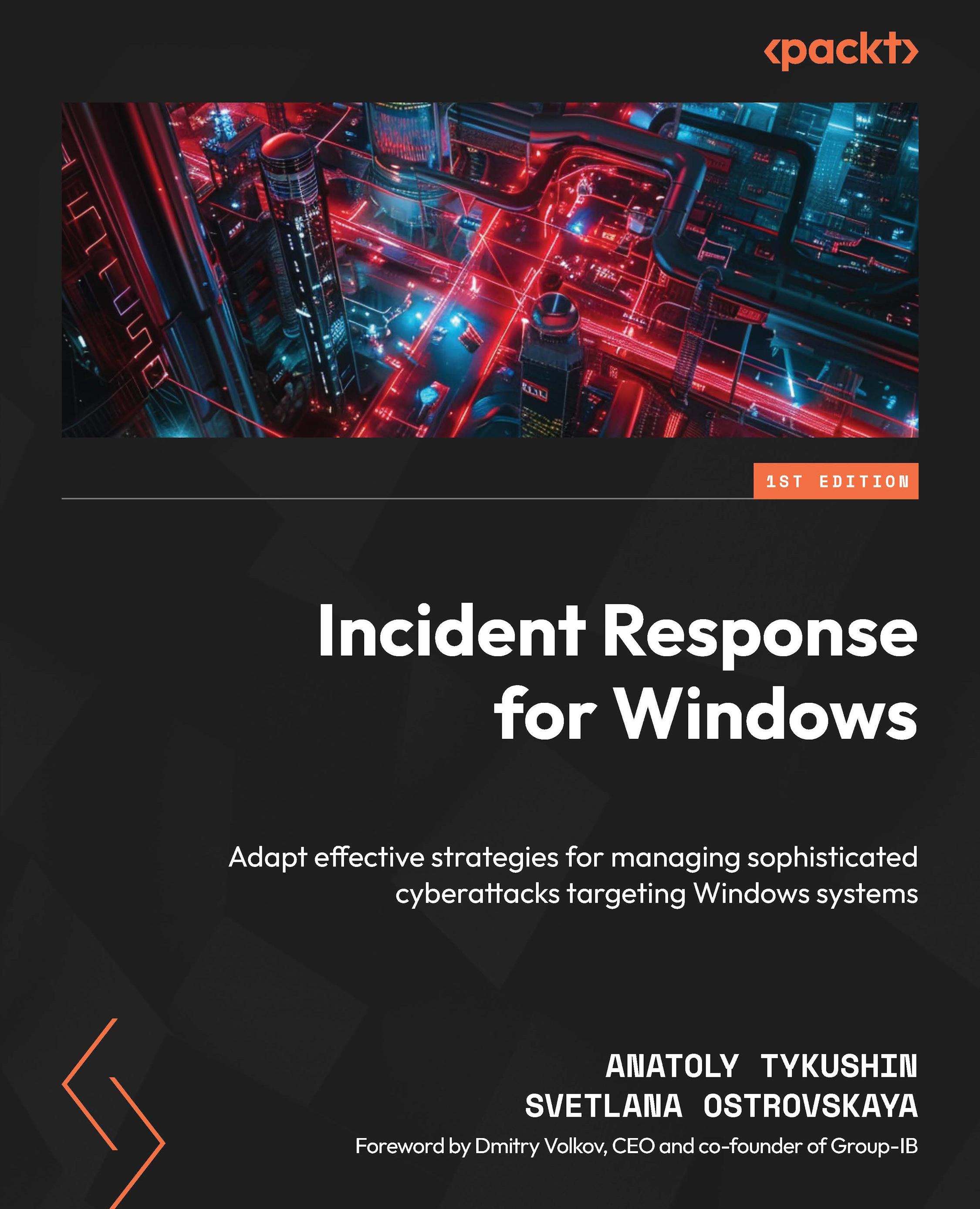Introduction to endpoint evidence collection
Evidence collection is not a standalone process. It is a part of the forensic evidence life cycle, which came from classical digital forensics and consists of the following steps:
- Collection: This is a set of procedures, tools, and techniques used for quick and efficient identification and acquisition of evidence from computers, servers, or mobile devices.
- Review: After collection, the evidence undergoes a preliminary review to assess its relevance and quality. This helps in determining whether the evidence can support or refute the claim or suspicion under investigation.
- Chain-of-custody: This involves documenting every individual who handled the evidence and what alterations, if any, were made. Proper chain-of-custody ensures that the evidence has not been tampered with and establishes its provenance.
- Documentation: This involves creating a detailed record of the evidence and the circumstances under which it was collected...

































































